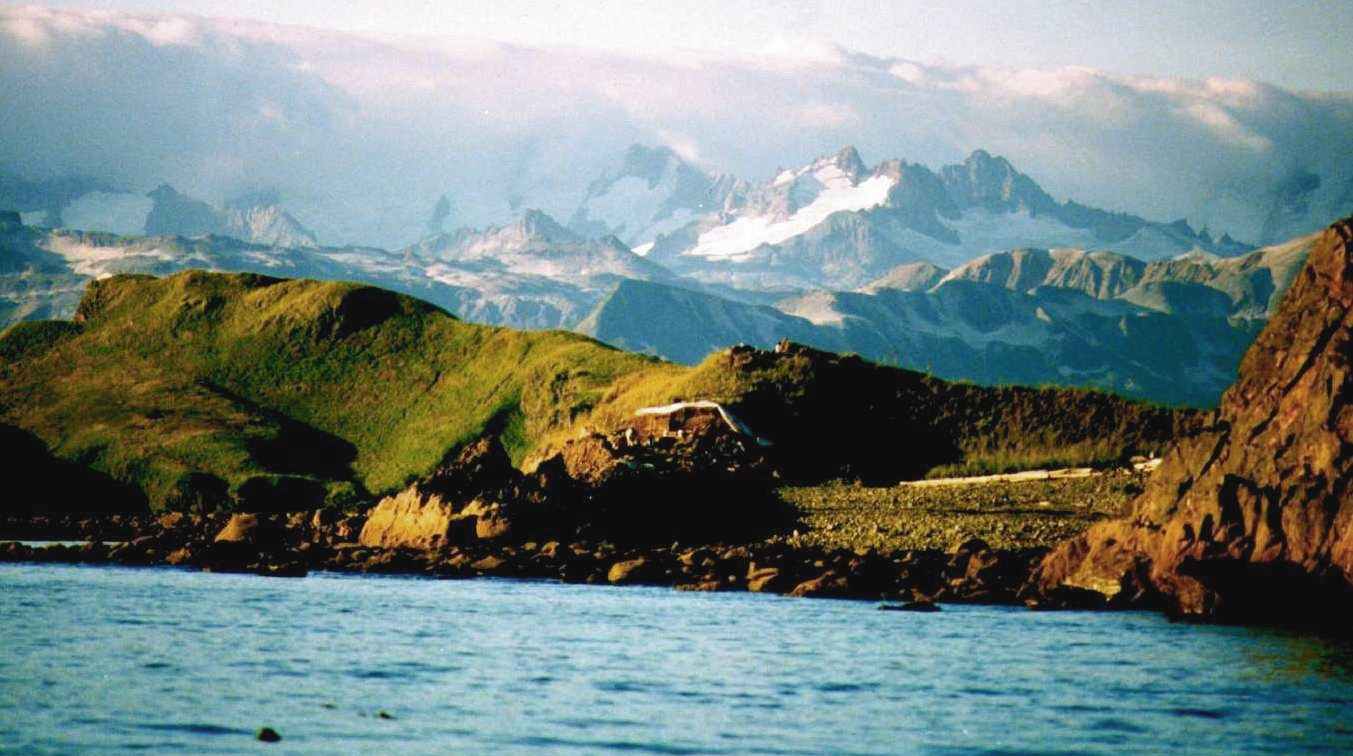The polygenetic origins of soils and sediments encountered in archaeological contexts create difficult interpretive challenges. A complex blend of physical and chemical processes are further complicated by anthropogenic agencies. Collectively, these mechanisms produce considerable ambiguity in the archaeological record.
I advocate in my research a more intensive examination of the processes which form and transform the archaeological record. My objective is to better characterize the natural and cultural processes responsible for site structure. One method I employ toward that goal is micromorphology, the study of undisturbed sediments in thin section. The technique permits examination of sediment structure and fabric at a higher resolution. As a result I can better interpret pre-depositional environments, anthropogenic alterations, and post-depositional disturbances.
(right) I use a polarizing microscope to examine undisturbed archaeological sediments in thin section. Magnified under different light sources, sediment structure and fabric can be examined at a resolution unattainable in the field. Undisturbed resin-impregnated sediments preserve indefinitely ambiguous stratigraphic contexts for repeated reexamination.

